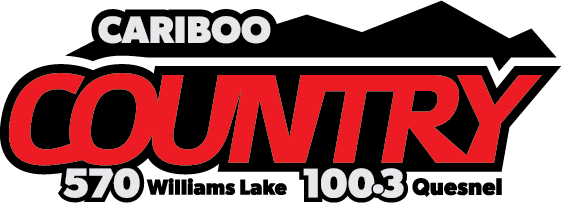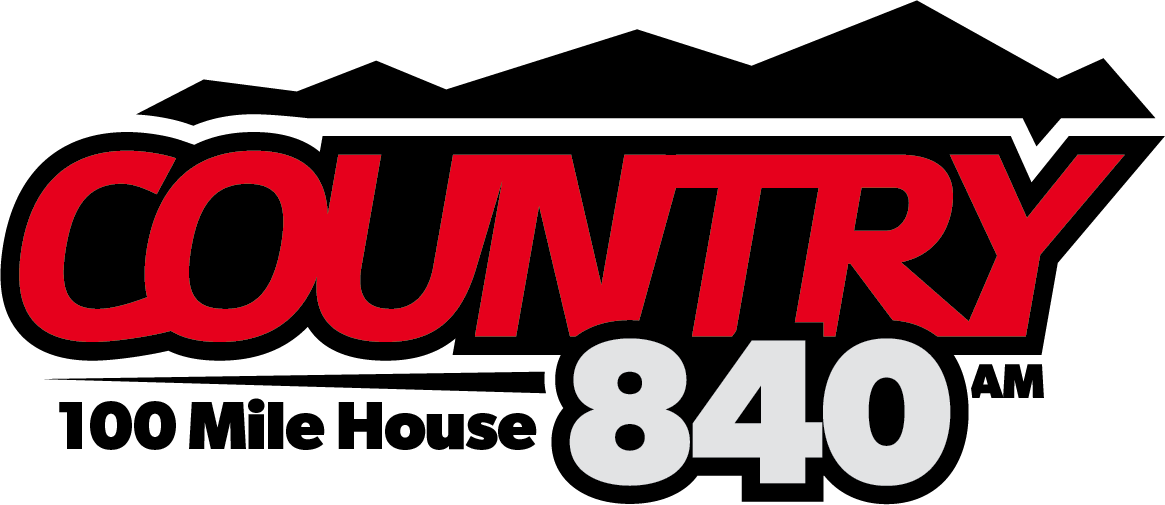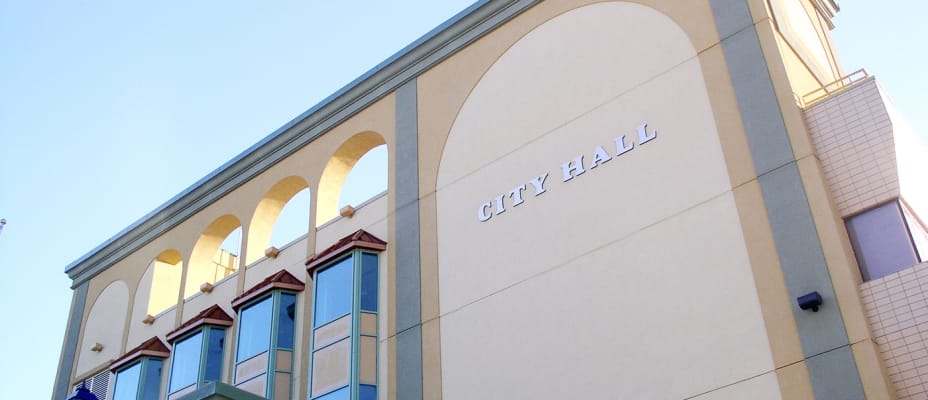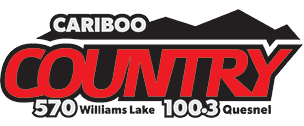The ins and outs of a potential District Energy System were explained to Quesnel City Council at this week’s meeting.
The idea would be to use waste heat from Cariboo Pulp and Paper’s effluent ponds, upgrade it using industrial scale heat pumps, and then distribute it through pipes to homes, businesses, and large buildings like the hospital in Downtown Quesnel and North Quesnel.
It could then be expanded to other parts of the city.
“The first phase would focus on the downtown part of Quensel and North Quesnel, but could be built out to basically all of the populated areas of Quesnel. We broke that into 13 different zones and that could phased over time and built out.”
Ron Monk went over some of the benefits to this potential project.
“There would be a reduction in green house gas emissions in the community. (98 percent from a gas furnace) There would be a reduction in local air emissions from the natural gas burning in the facilities right now. There would be a reduction in price risk associated with the potential future changes in natural gas prices, which is probably increasing, not decreasing. A reduction in the amount of Carbon Tax that people would pay because this heat would be deemed to be carbon free.”
At this point, Ron Monk only had a ballpark cost.
“The capital cost estimate with the contingency (30%) included to build the central plant, get across the river, do the piping in downtown and North Quesnel, which would include connecting the hospital, is 132 million dollars, plus or minus 50 percent.”
Monk noted however that 73.3 percent of that cost could be covered by a grant from the Canada Infrastructure Program and BC Clean program.
Doctor Jamie Stephen, with Torchlight Bioresources, added that it would also be a revenue generating asset.
“If it’s owned by the City, you are a city owned utility, you would be charging people for heat. In general, people spend 4 to 6 times what they spend on water and sewer that they spend on heating their homes for example, so it’s a much larger revenue generating utility.”
The question of what’s in it for West Fraser was raised at the meeting.
Perry Ghuman, Section lead for energy and carbon in Quesnel, was on hand to answer that question.
“The way we approach it is we are responsible for the communities we operate in. Quesnel is our home base and that heat, which is a benefit to all people in Quesnel, is basically just going down the river. It can be utilized for better benefits. We know natural gas costs are a concern in the future, Carbon Tax is escalating, and we as a company have commitments to address climate change and we’re just putting our best foot forward.”
This information represented phase 1 of the feasibility study that confirmed that the project was possible.
Phase 2 will focus on outreach to potential customers, defining the business model, and refining the cost estimates.
Phase 3 would then further refine the analysis, look at the funding requirements and complete the capital funding applications if the city chooses to proceed.
Something going on in the Cariboo you think people should know about?
Send us a news tip by emailing [email protected].








